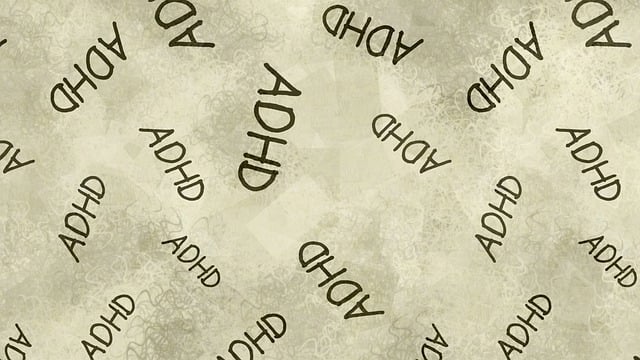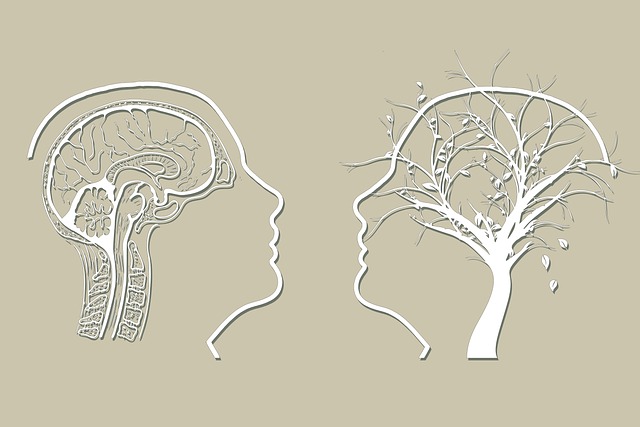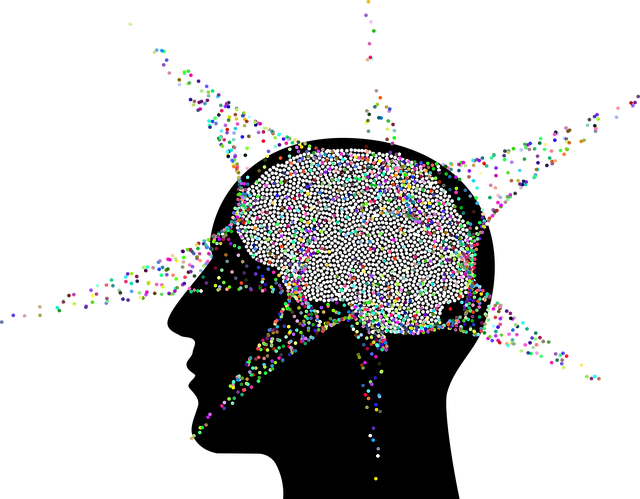Mental wellness programs are gaining prominence globally, focusing on holistic well-being and mental health awareness. These initiatives, extending beyond traditional therapy for depression, include mindfulness workshops, resilience-building sessions, and peer support groups. Organizations integrate such programs into workplace strategies and healthcare provider burnout prevention, fostering open conversations about mental health. Effective evaluation methods measure therapy outcomes using tools like the Beck Depression Inventory (BDI) and Hamilton Depression Rating Scale (HDRS), tracking changes in symptoms, emotional well-being, and functional abilities. Qualitative and quantitative approaches provide holistic insights, catering to diverse research needs. Integrating participant feedback mechanisms improves program adaptation, reduces stigma, enhances care quality, and promotes positive mental health journeys.
Mental wellness programs play a vital role in enhancing individuals’ lives, especially those struggling with depression. This article explores effective evaluation methods to measure the impact and success of such programs, focusing on therapy effectiveness. We delve into techniques like quantitative assessments and qualitative feedback, highlighting their significance in understanding recovery journeys.
By examining depression severity and exploring continuous improvement strategies, this guide offers insights into optimizing mental health support, ensuring tailored and impactful therapy for individuals seeking relief from depression.
- Understanding Mental Wellness Programs and Their Impact
- Evaluation Methods for Therapy Effectiveness
- Measuring Depression Severity and Recovery
- Qualitative vs. Quantitative Assessment Techniques
- Continuous Improvement through Program Feedback
Understanding Mental Wellness Programs and Their Impact

Understanding Mental wellness programs is crucial, given the growing emphasis on holistic well-being in today’s fast-paced world. These initiatives aim to promote mental health awareness and provide support systems for individuals dealing with various challenges, including therapy for depression. Such programs go beyond traditional therapeutic settings, encompassing a wide range of activities like mindfulness workshops, resilience-building sessions, and peer support groups.
The impact of these initiatives is significant, fostering an environment that encourages open conversations about mental health. By integrating mental wellness coaching programs into workplace development strategies and even implementing burnout prevention techniques for healthcare providers, organizations are prioritizing employee well-being. This shift not only enhances productivity but also contributes to a healthier, more resilient workforce.
Evaluation Methods for Therapy Effectiveness

Effective mental wellness programs rely on robust evaluation methods to measure therapy outcomes and assess their impact on individuals’ lives. One crucial aspect is evaluating the effectiveness of therapy for depression, as it’s a prevalent concern globally. Various techniques are employed to gauge progress and success rates, including self-report measures, clinical assessments, and observational studies. These tools capture changes in symptoms, emotional well-being, and functional abilities over time. For instance, standardized questionnaires like the Beck Depression Inventory (BDI) provide quantitative data on depression severity, allowing for before-and-after comparisons within individuals or across groups.
Moreover, evaluation methods extend beyond individual therapy to encompass group sessions, where dynamics such as burnout prevention, resilience building, and conflict resolution techniques can be assessed. Observational notes from therapists offer valuable qualitative insights into participants’ interactions, engagement, and progress in these areas. Combining quantitative and qualitative data provides a comprehensive understanding of program effectiveness, enabling mental health professionals to tailor interventions for better results and make informed decisions regarding program improvement.
Measuring Depression Severity and Recovery

Evaluating the severity of depression is a critical aspect of mental wellness program assessment. Standardized tools such as the Beck Depression Inventory (BDI) or the Hamilton Depression Rating Scale (HDRS) are commonly used to quantify an individual’s depressive symptoms, providing a clear picture of their mental state. These scales assess various symptoms, including sad mood, loss of interest in activities, and changes in appetite, offering a structured framework for therapists to understand and track progress during therapy for depression. By regularly administering these tools, healthcare providers can monitor the effectiveness of interventions and tailor treatment plans accordingly.
Recovery from depression is a multifaceted process, and its measurement goes beyond symptom reduction. It involves examining an individual’s overall functioning, social interactions, and ability to engage in activities they previously enjoyed. Healthcare provider cultural competency training plays a vital role in this assessment by ensuring that recovery metrics are sensitive to diverse cultural backgrounds and beliefs. Additionally, promoting positive thinking and prevention strategies through educational programs can empower individuals to actively participate in their mental wellness journeys, fostering a holistic approach to depression management.
Qualitative vs. Quantitative Assessment Techniques

When evaluating mental wellness programs, researchers often employ either qualitative or quantitative assessment techniques, each offering unique insights into participant experiences and outcomes. Qualitative methods, such as interviews and focus groups, allow for in-depth exploration of individuals’ subjective reports on their mental health journeys. This approach is particularly valuable in understanding the therapeutic process, including the impact of specific interventions like therapy for depression, from the client’s perspective. Through open-ended questions, researchers can uncover nuanced details about participants’ perceptions, emotions, and overall well-being, providing rich contextual data.
In contrast, quantitative assessment techniques, like surveys and statistical analyses, focus on measuring mental health outcomes on a larger scale. These methods help identify trends and patterns among a diverse population, offering a broader view of the program’s effectiveness. For instance, tracking changes in scores from pre- to post-program assessments can quantitatively demonstrate improvements in symptoms related to therapy for depression. Integrating both qualitative and quantitative approaches enables a comprehensive evaluation, ensuring that the mental wellness program’s benefits are measured both subjectively and objectively, catering to various research and stakeholder needs, including those of the Mental Wellness Podcast Series Production and Crisis Intervention Guidance.
Continuous Improvement through Program Feedback

The evaluation of mental wellness programs is an essential aspect of ensuring their effectiveness and impact on individuals’ lives. One powerful method to foster continuous improvement is by collecting and acting upon feedback from program participants. This iterative process allows for a deeper understanding of what works well and where adjustments are needed, particularly in addressing complex issues like therapy for depression. By encouraging open dialogue and self-awareness exercises, mental health professionals can gain valuable insights into the strengths and weaknesses of their programs.
Integrating feedback mechanisms into mental wellness initiatives has the potential to reduce the stigma surrounding mental illness by fostering an environment where voices are heard and experiences are valued. Moreover, it can enhance the overall quality of care, especially when trauma support services are involved. This collaborative approach enables the adaptation of programs to better meet the diverse needs of participants, ultimately improving outcomes and promoting positive mental health journeys.
Evaluating mental wellness programs, especially those focusing on therapy for depression, is crucial to understanding their effectiveness and impact. By employing a mix of qualitative and quantitative assessment techniques, we can gain valuable insights into the severity of depression and the path to recovery. Through continuous improvement driven by program feedback, these evaluations enable us to enhance therapeutic outcomes and tailor support to meet individuals’ unique needs, ultimately fostering better mental health and well-being.









